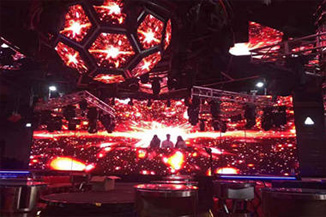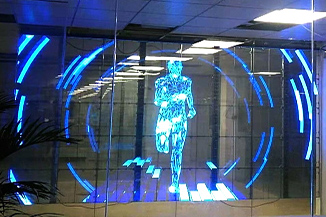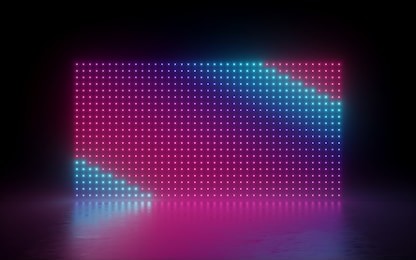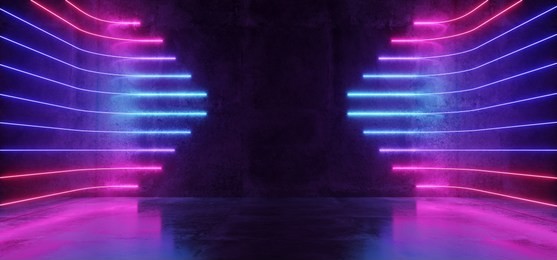Publisher: Supplier of LED Display Time: 2022-07-26 21:38 Views: 1687
As we all know, led display is the abbreviation of led electronic display, which refers to the same product. So what is LED display and LED electronic display? Next, the editor of LCF will introduce you to everyone one by one!
LED, is light emitting diode, is the English abbreviation of light emitting diode. The LED display is a display method that controls semiconductor light-emitting diodes. Its general appearance is composed of many small lights, usually red, and the characters are displayed by the lights on and off.
The LED electronic display screen is composed of tens of thousands - hundreds of thousands of semiconductor light-emitting diode pixels evenly arranged. Different colors of LED pixels can be manufactured using different materials. Currently the most widely used are red, green and yellow. The development of blue and pure green LEDs has reached a practical stage.
The LED display screen can display changing numbers, text, graphic images and videos, etc. It can be used not only in indoor environments but also in outdoor environments, and has the incomparable advantages of traditional display carriers such as projectors, video walls, and liquid crystal displays.
The reason why the LED screen has been widely valued by the people and has developed rapidly is inseparable from its own advantages. These advantages are summarized as: high contrast ratio, high brightness, high grayscale, low operating voltage, low power consumption, ultra-thin, ultra-high-definition, long life, impact resistance and stable performance.
The development prospect of LED is extremely broad, and it is currently developing in the direction of higher brightness, higher weather resistance, higher luminous density, higher luminous uniformity, reliability and full color.
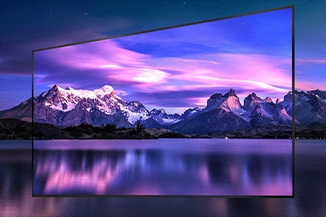
Classification of LED display:
1. According to the color base color can be divided into:
Monochromatic display: a single color (red or green).
Dual primary color display: red and green dual primary colors, 256 grayscale, can display 65536 colors.
Full-color display: red, green, blue three primary colors, 256-level gray-scale full-color display can display more than 16 million colors.
2. Classification by display device:
LED digital display: The display device is a 7-segment digital tube, which is suitable for making a clock screen, an interest rate screen, etc., and an electronic display screen that displays numbers.
LED dot matrix graphic display: The display device is a dot matrix display module composed of many evenly arranged light-emitting diodes, which is suitable for playing text and image information.
3. According to the occasion of use:
Indoor display: The light-emitting point is small, generally Φ3mm--Φ8mm, and the display area is generally several to ten square meters.
Outdoor display: The area is generally tens of square meters to hundreds of square meters, with high brightness, can work in the sun, and has the functions of windproof, rainproof and waterproof.
4. According to the diameter of the luminous point:
Indoor screen: Φ3mm, Φ3.75mm, Φ5mm,
Outdoor screen: Φ10mm, Φ12mm, Φ16mm, Φ19mm, Φ21mm, Φ26mm
The basic unit of outdoor screen lighting is a light-emitting tube. The principle of the light-emitting tube is to encapsulate a group of red, green and blue light-emitting diodes in a plastic tube to jointly emit light to enhance brightness.
So how to choose a high-quality LED display?
1. Clarify your needs, budget and expected best results;
2. Indicate in detail the demand for the project and the future development strategy plan, requiring the seller to provide a best work implementation management plan, and even affect the project's expandable functions and expand the budget and plan to avoid the project being unsuitable for future development. Social needs cause some unnecessary waste of resource costs;
3. Provide or require manufacturers to analyze the data of the project installation and application environment, predict predictable events, propose preventive and solution measures, and then conduct a comprehensive evaluation of the entire project plan;
4. Different LED production process, screen assembly process and installation technology experience will directly affect the construction period, cost, safety performance, display effect and quality, service life and maintenance cost of the entire project. Therefore, it is necessary to understand and compare the performance characteristics of manufacturers or various aspects of products and projects in advance, and choose the most suitable solution for their needs;
5. Understand the strength, integrity, service content and quality of different manufacturers. These issues are the foundation and guarantee for a good and long-term development and cooperation of a project.
Finally, to sum up, led display is also called "electronic display". It is the abbreviation of light-emitting diode, light-emitting diode. Led display screen is a display screen used to display various information such as text, graphics, images, animations, quotes, videos, and video signals by controlling the display mode of semiconductor light-emitting diodes. Main application places and uses: indoor and outdoor buildings, science and technology exhibition halls, securities trading, financial information display, airport flight dynamic information display, port station tour guide information display, sports venues, road traffic display, dispatch command center information display, postal service, telecommunications, shopping Center shopping center, advertising media new product display, etc.
